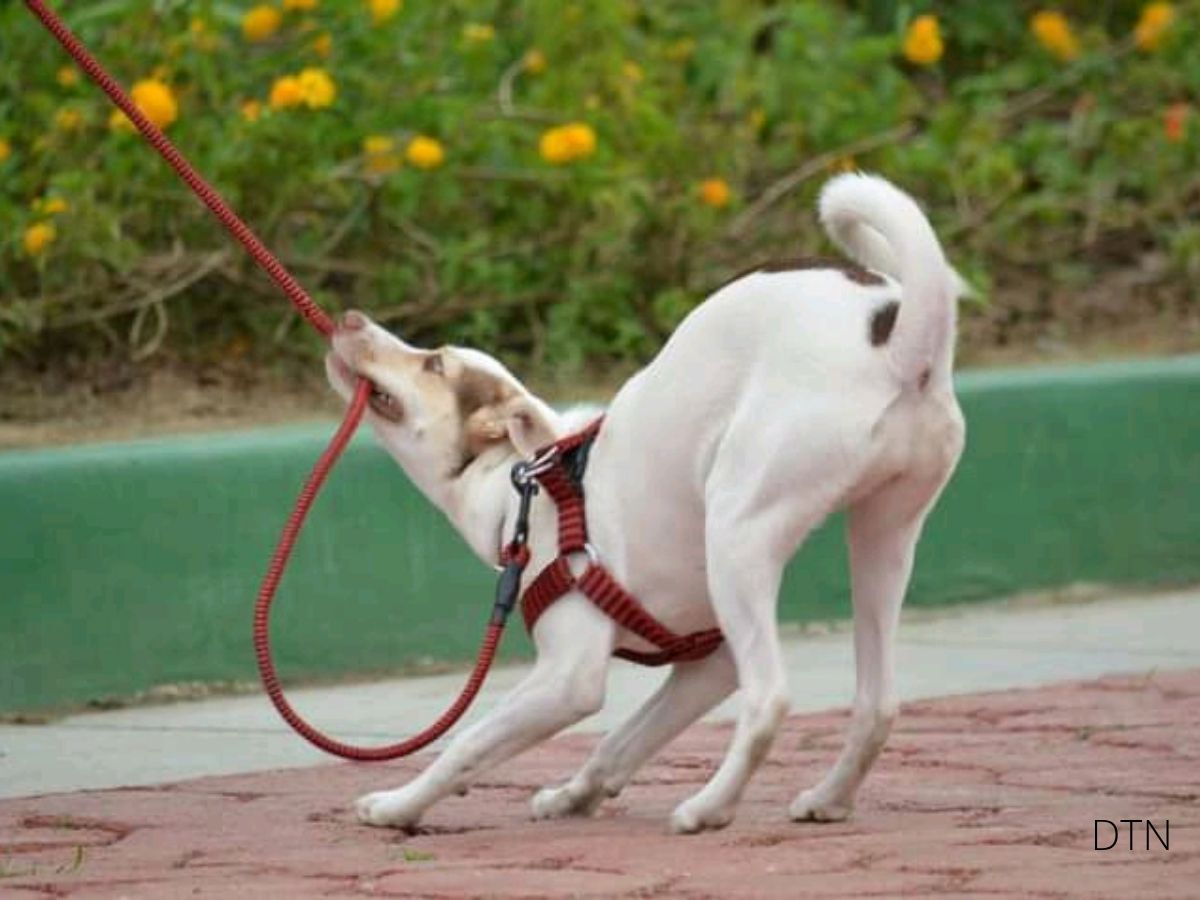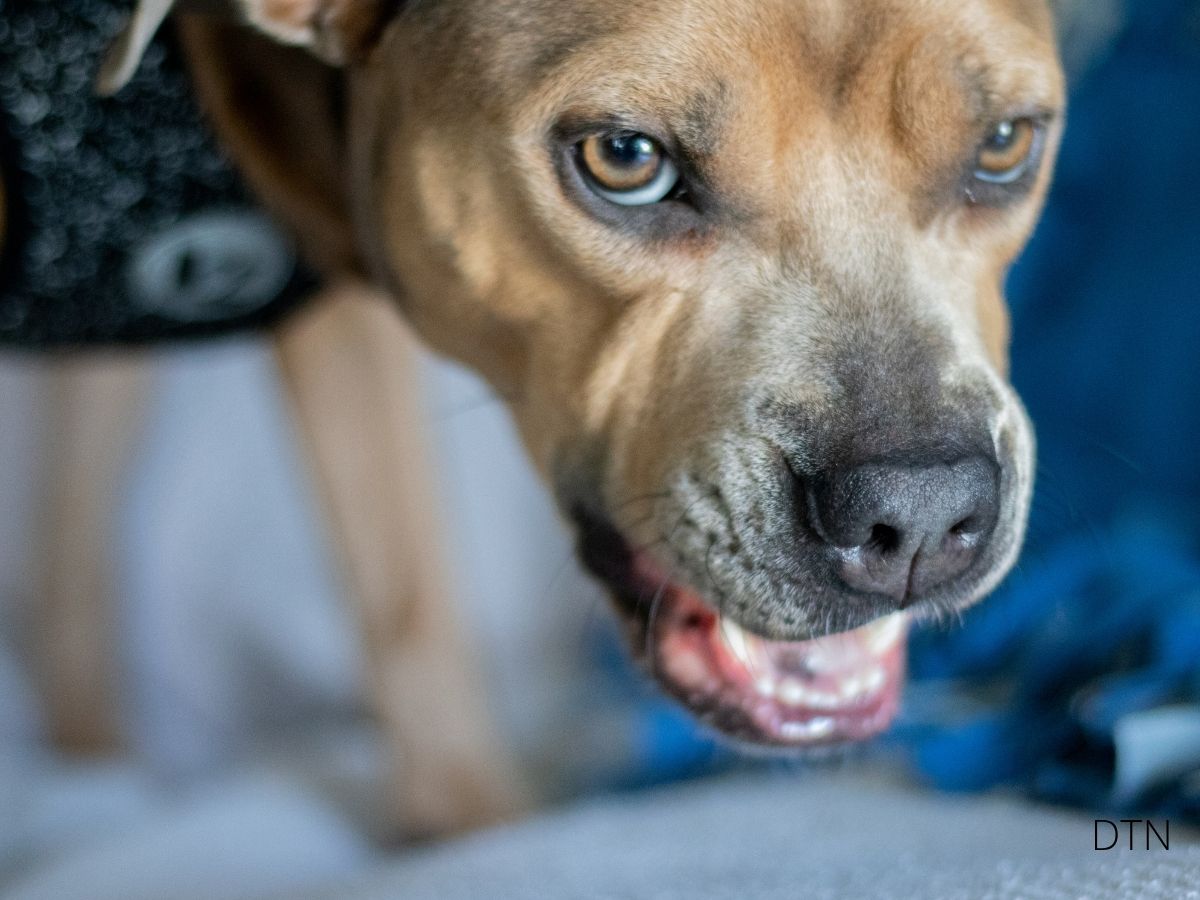Introduction: When Your Dog’s World Doesn’t Go As Planned
Have you ever watched your dog’s excited tail wag suddenly turn into confused pacing when their favorite toy is just out of reach? You’re witnessing frustration – a complex emotional state that shapes not just momentary reactions but fundamentally influences your dog’s behavior, learning capacity, and your bond together.
Frustration emerges when your dog’s goal-directed behavior gets interrupted or expected rewards don’t materialize. It’s that uncomfortable space between wanting something and not knowing how to get it. Let us guide you through understanding and managing these challenging moments. 🧠
Character & Behavior: Decoding Frustration Signals
The Unique Face of Frustration
Unlike fear (which causes withdrawal) or aggression (driving confrontation), frustration sits in an uncomfortable middle ground. Your frustrated pup might whine while wagging their tail, or paw at you while backing away – caught between desire and confusion.
Key Behavioral Markers:
- Whining that escalates in pitch, almost questioning
- Displacement behaviors (sudden scratching, inappropriate yawning)
- Redirected actions onto nearby objects
- “Extinction bursts” – dramatically increased attempts at previously successful behaviors
Research reveals that dogs with ADHD-like behaviors show lower serotonin and dopamine concentrations, making them more prone to frustration escalation. High-energy breeds like Border Collies may manifest frustration through obsessive behaviors, while naturally fearful dogs often show heightened frustration responses in novel situations.
Vocalization & Communication: How Your Dog “Talks” About Frustration
Your dog’s frustration vocabulary is surprisingly rich. Demand barking comes in sharp, repetitive bursts with direct eye contact. Frustration whining pitches higher than attention-seeking whines, with irregular patterns that sound almost conversational.
Watch for “conflicted body language” – forward-leaning upper body (showing desire) paired with back legs positioned for retreat (indicating uncertainty). The tell-tale “frustration wag” appears as short, stiff tail movements at mid-height, neither confident nor submissive. These signals reveal your dog’s internal struggle between expectation and reality.
Training & Education: Building Frustration Tolerance
The Neuroscience of Learning
When expectations are violated, your dog’s dopaminergic system generates “reward prediction errors” – essentially recalculating why the usual formula didn’t work. This is where learning happens, but only if managed correctly. Too much frustration floods the system with stress hormones; too little challenge means no growth.
The Clear Communication Formula:
- Consistent cue delivery every time
- 3-5 second response window for processing
- Mark desired behavior within 0.5 seconds
- Reward delivery within 3 seconds of marking
Variable reinforcement schedules (treats sometimes, not always) build greater frustration tolerance than fixed schedules. Your dog learns that rewards might not come immediately but will come eventually – a powerful life lesson wrapped in training technique.
A dog is the only being on earth that loves you more than he loves himself.
– Josh Billings

Performance & Activities: Channeling Frustration Positively
Structured activities transform frustration from negative force to achievement driver. Puzzle feeders create “constructive frustration” – your dog must work for rewards, experiencing mild challenge that motivates problem-solving rather than emotional dysregulation.
Canine sports like agility require impulse control, following complex sequences, and coping with mistakes. Each minor frustration followed by success strengthens emotional resilience. A well-enriched environment acts as a buffer – rotational toy systems, sniffing opportunities, and novel experiences teach that multiple paths lead to satisfaction. 🐾
Nutritional Support for the Frustrated Brain
What your dog eats directly influences frustration management. Serotonin production requires adequate tryptophan; dopamine needs tyrosine and B vitamins. Dogs with heightened frustration often show lower neurotransmitter concentrations.
Brain-Boosting Essentials:
- Omega-3 fatty acids for neural health
- B-complex vitamins for neurotransmitter synthesis
- Quality proteins providing amino acid precursors
- Consistent meal timing to regulate emotional expectations
The gut-brain connection matters too – probiotic supplementation shows promise in reducing anxiety-like behaviors, providing an emotional buffer against frustration triggers.
Health Concerns: When Frustration Signals Deeper Issues
Sometimes frustration masks physical discomfort. Pain dramatically lowers frustration tolerance – arthritis might make previously easy commands frustrating. Thyroid dysfunction, sensory loss, or dental disease can manifest as increased irritability.
Chronic frustration creates a stress-health spiral. Elevated cortisol suppresses immune function and impairs digestion. The amygdala becomes hypersensitive with repeated frustration exposure, creating a cycle of heightened reactivity. Regular veterinary check-ups are crucial if frustration behaviors suddenly increase.
Lifestyle & Environment: Creating Resilience
Dogs thrive on predictability. Regular routines – consistent wake times, meal schedules, walk times – provide emotional anchors helping your dog navigate their day confidently. When the framework is solid, occasional variations become manageable adventures rather than anxiety sources.
Multi-dog households present unique challenges through resource competition and “social frustration” – seeing but not accessing social rewards. Management requires individual attention time, separate feeding stations, and respect for personal space needs.
Your emotional state profoundly influences your dog’s frustration levels. A calm, confident handler provides the emotional regulation support dogs need to manage their own frustration effectively. 🧡
Senior Care: Adapting to Change
Aging brings shifting frustration dynamics. Cognitive decline makes simple tasks confusing while physical limitations create new frustration sources. Decreased dopamine production affects reward processing; prefrontal cortex changes impact impulse control.
Canine Cognitive Dysfunction can dramatically alter frustration patterns – dogs might become frustrated by familiar situations or forget learned coping mechanisms. Management focuses on reducing confusion while maintaining gentle stimulation through simple, consistent routines.
Conclusion: Understanding the Message
Frustration isn’t just a problem to solve but communication to understand. Every redirected behavior, every moment of confusion is your dog navigating the complex world we’ve asked them to share.
Building frustration tolerance is gradual – every small success adds emotional resilience. See frustration as a shared experience rather than training failure. When you recognize frustrated signals and respond with understanding, you’re building trust and clear communication.
The path forward isn’t eliminating frustration entirely but creating a life where it becomes manageable challenge rather than overwhelming force. In this partnership, frustration transforms from barrier to bridge, connecting you and your dog in deepening mutual understanding. 🐾






